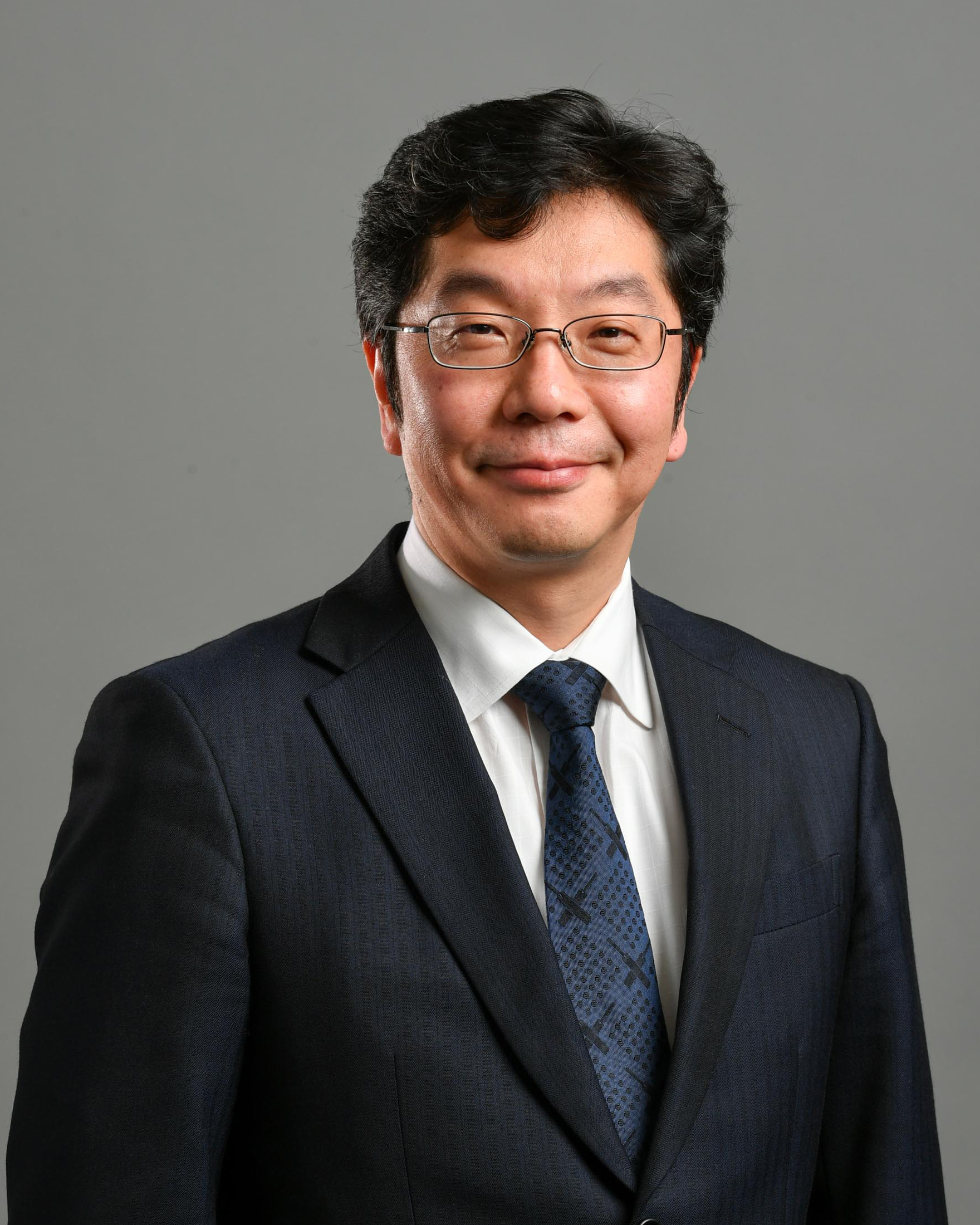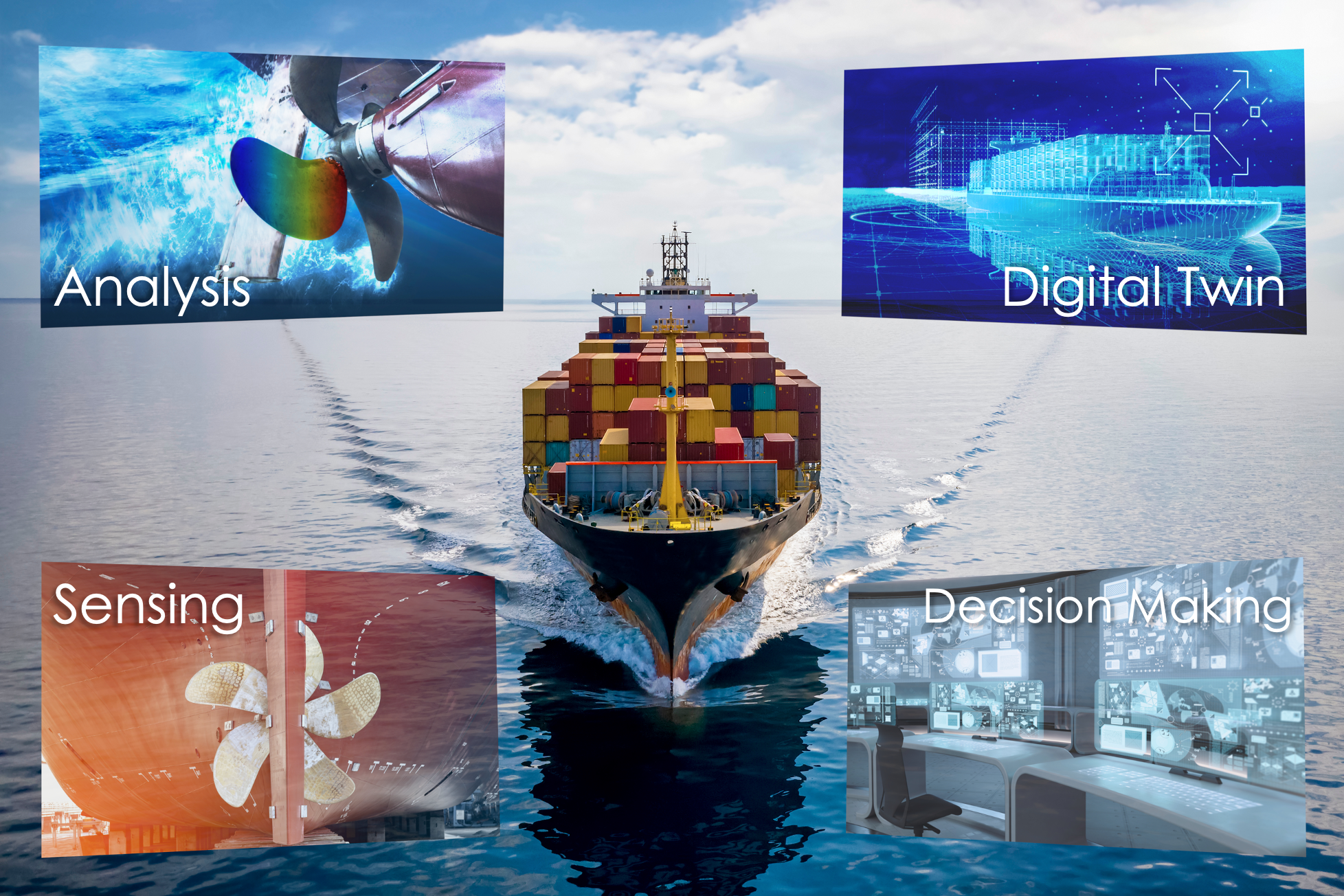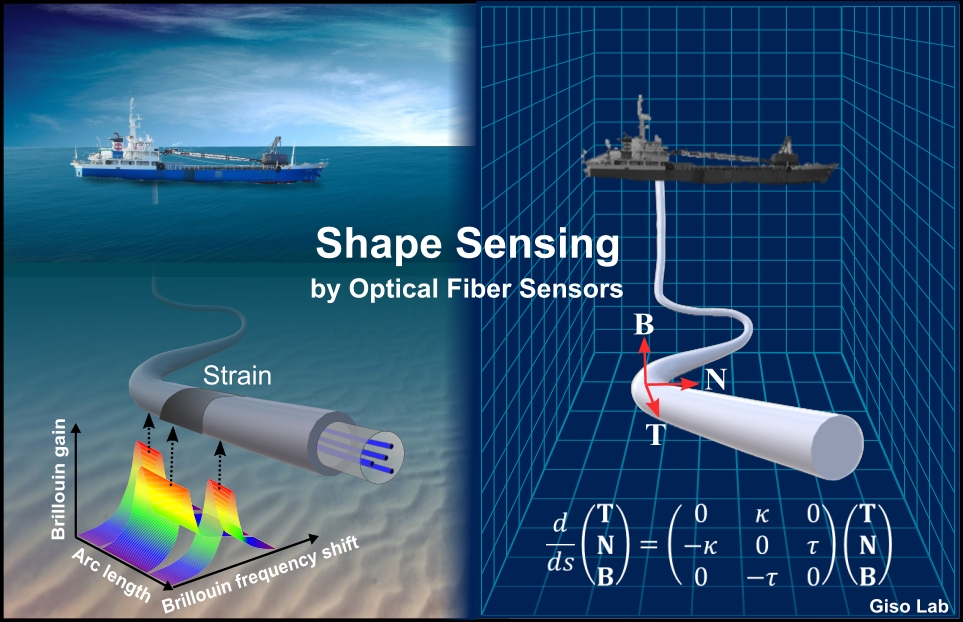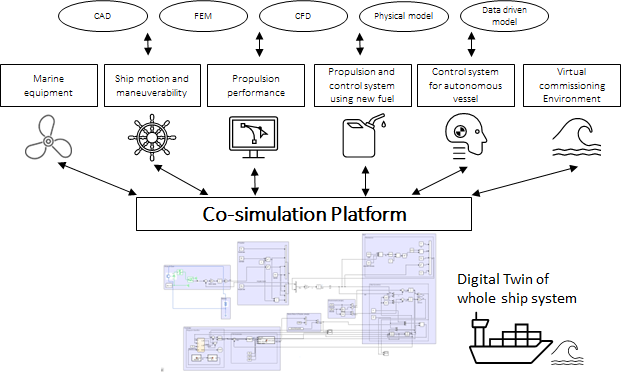Faculty

Networking for Artifact
MURAYAMA Hideaki
- Position
- Prof.
- Affiliation
- Department of Systems Innovation, Faculty of Engineering, The University of Tokyo
Department of Ocean Technology, Policy, and Environment, Graduate School of Frontier Sciences,
- Keyword
- Digital twin, Smart systems, Advanced composite materials, Optical sensor network, Advanced maritime system, ASV/USV
- murayama(at)sys.t.u-tokyo.ac.jp※Please replace (at) with @ and send mail.
Development and Implementation of Digital Twin
 Digital twin
Digital twin
 Smart system
Smart system
 MODE
MODE
Digital twin
In order to use systems more safely and efficiently, it is essential to accurately understand and predict both their current and future states. We are conducting research and development on digital twins—replicas that can reproduce and forecast the state of a target object by utilizing sensing and simulation technologies. These are applied to systems requiring high safety and efficiency, such as ships and offshore wind power systems at sea, aircraft and space equipment in the air, and bridges and pipelines on land. By making the invisible visible through digital twins, we not only aim to prevent accidents and inefficient operations, but also enable a high level of automation, unmanned operation, large-scale development, and advancement in extreme environments. We believe this will drive humanity’s further challenges and exploration.
Smart Systems
Humans have the ability to detect abnormalities such as pain or something uncomfortable in their body (self-diagnosis), and in response, they can heal, change their environment by themselves, or rely on specialists to fix it. These are made possible by a highly developed neural network and the abilities about decision-making, active communication and actions. We are developing smart systems in which sensors, actuators, and processors are implemented into structures and machines and are organically integrated. Projects are being carried out on high-precision sensors capable of measurement anywhere along an optical fiber, optical wireless communication systems usable underwater, and health monitoring systems for ships, aircraft, and civil engineering structures.
Maritime and Ocean Digital Engineering (MODE)
In the fields of maritime transportation and ocean development, we are working toward the development of new technologies and their implementation in society by establishing a software platform known as a simulation common base. This initiative aims to strengthen engineering capabilities as an industry to address advanced and complex systems. To achieve this, we are conducting research on methodologies such as Model-Based Development (MBD) and Model-Based Systems Engineering (MBSE), as well as exploring ways to integrate and utilize various elemental technologies on the simulation common base. At the same time, we are also considering the creation of international rules for the introduction of new systems and strategies for forming a global maritime cluster.





